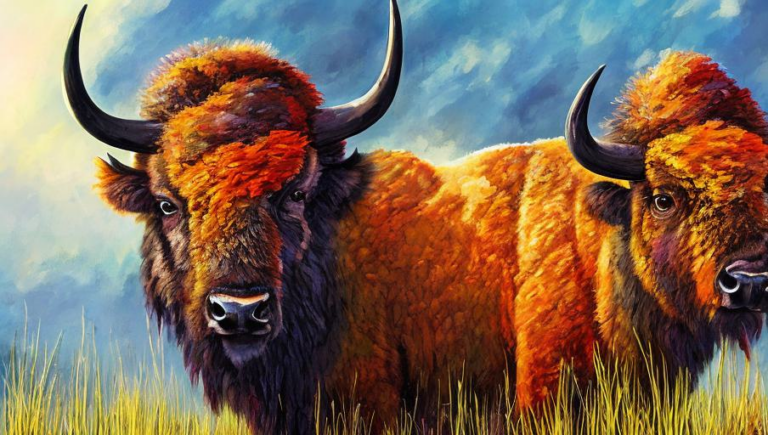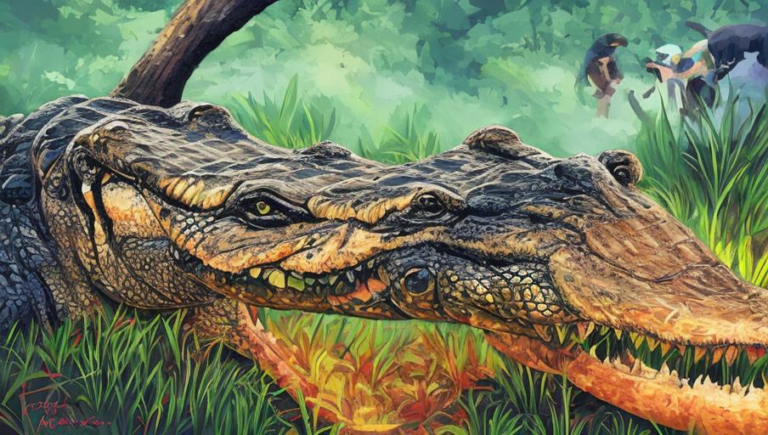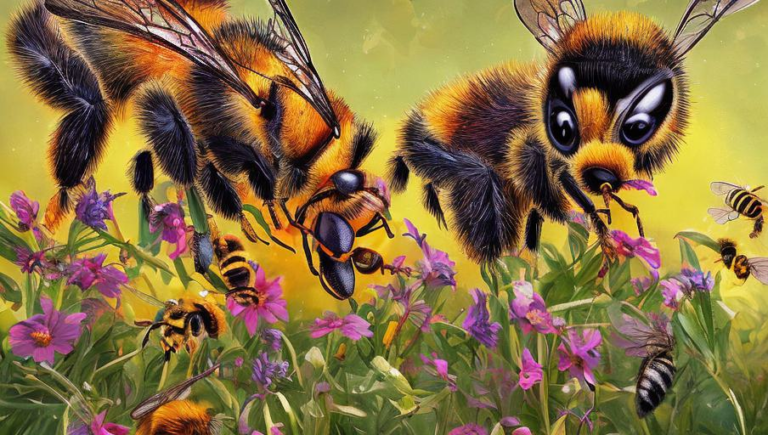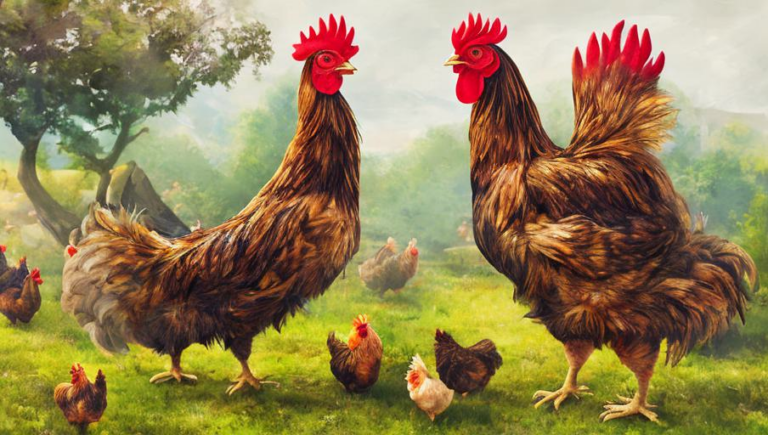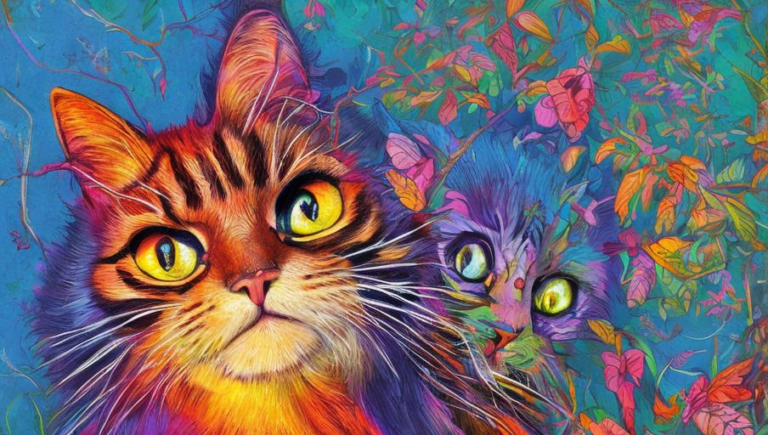Hunting Habits of the Cassowary
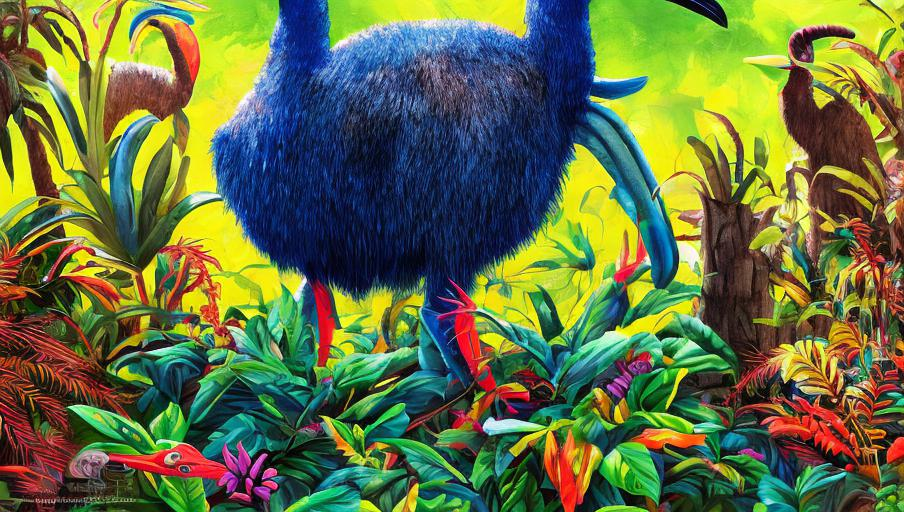
The Unique Cassowary
The cassowary is a large, flightless bird found in tropical forests of Australia, Papua New Guinea, and some parts of Indonesia. It is the second heaviest bird in the world and is closely related to the emu and ostrich. This unique and powerful bird has a distinctive appearance, with its jet black feathers and bright blue neck and head.
Hunting Behavior
The cassowary has a very unique hunting and foraging behavior. They are primarily solitary animals which hunt primarily during the day. They are opportunistic feeders, meaning they eat whatever is available. Their diet consists of fruits, flowers, fungi, insects, small mammals, reptiles, and even some fish.
The cassowary uses its powerful legs and feet to run through dense undergrowth in search of food. Its sharp claws are perfect for digging up food items, such as insects, worms, and small reptiles. The cassowary also has an incredibly strong beak, which it uses to tear apart fruit and even break open eggs.
Cassowaries are also known to be quite aggressive when disturbed, which is why it is important to keep your distance when observing them in their natural habitat. They have been known to attack humans and other animals when provoked, so it is important to stay alert and aware of your surroundings when near them.
Conservation Status
Unfortunately, the cassowary is classified as vulnerable by the International Union for Conservation of Nature (IUCN). This is due to a combination of factors including habitat loss, hunting, and disease. The cassowary is also threatened by illegal pet trade and a lack of suitable habitat for them to forage and breed.
Fortunately, there are many conservation organizations that are dedicated to protecting the cassowary and its habitat. These organizations are working to restore and protect their natural habitats and to create protected areas where they can roam and breed without fear of human interference.
Conclusion
The cassowary is an incredible animal that is often overlooked and under-appreciated. Its unique hunting and foraging behavior make it an important part of the environment, and its vulnerability to extinction makes it a priority for conservationists. By protecting its habitat and educating people about its importance, we can ensure that this species will remain a part of the tropical forests for many years to come.
